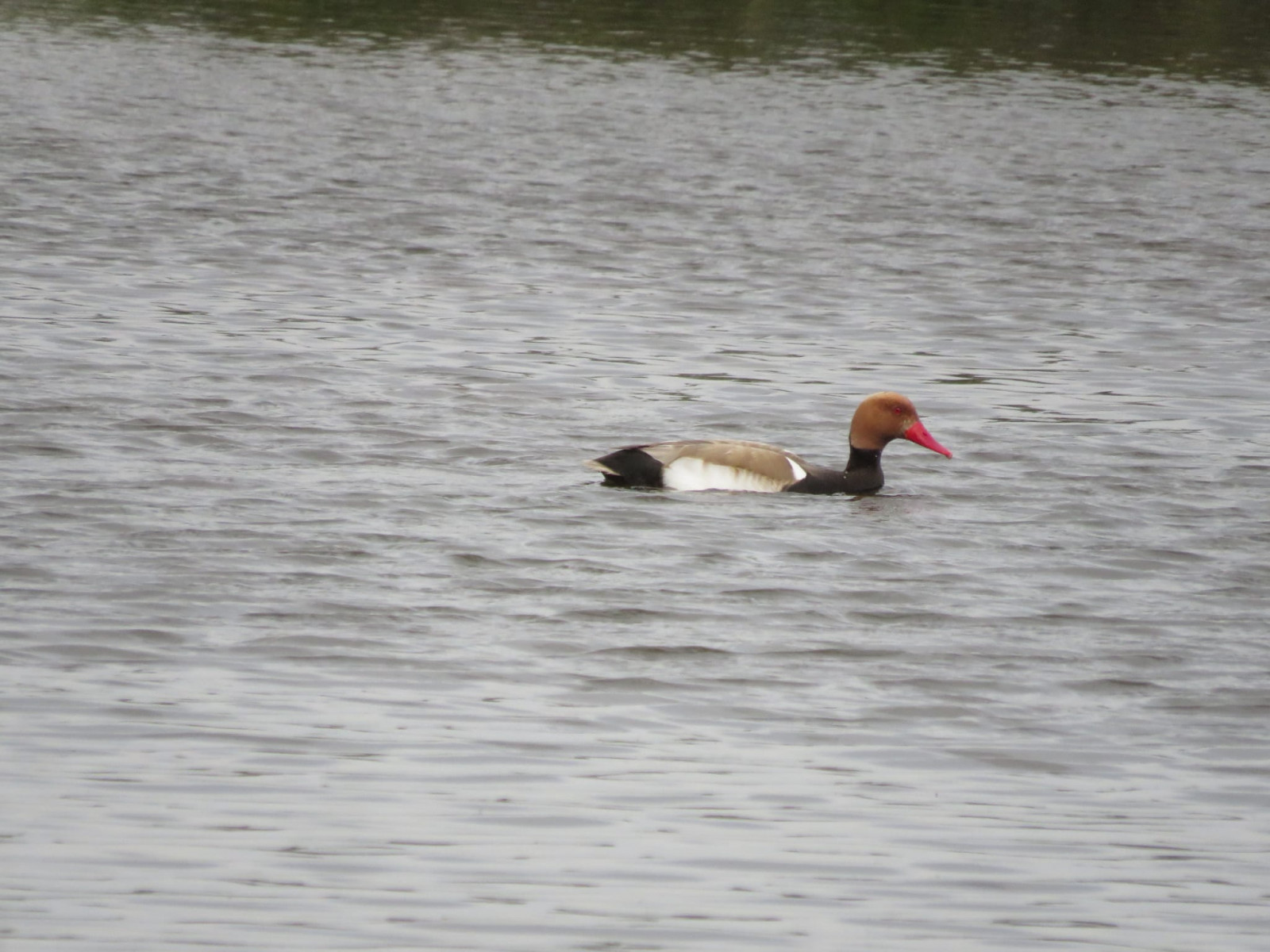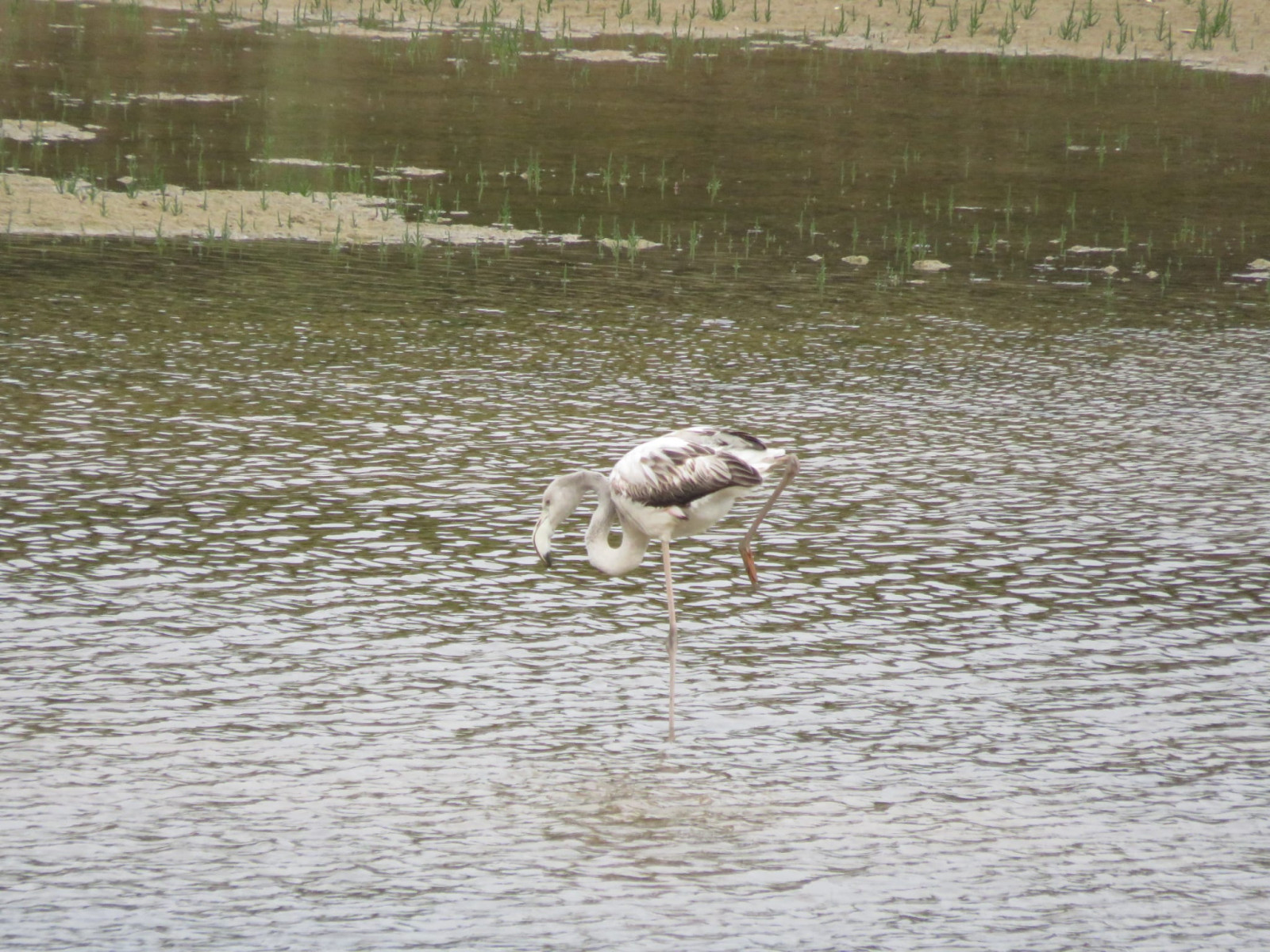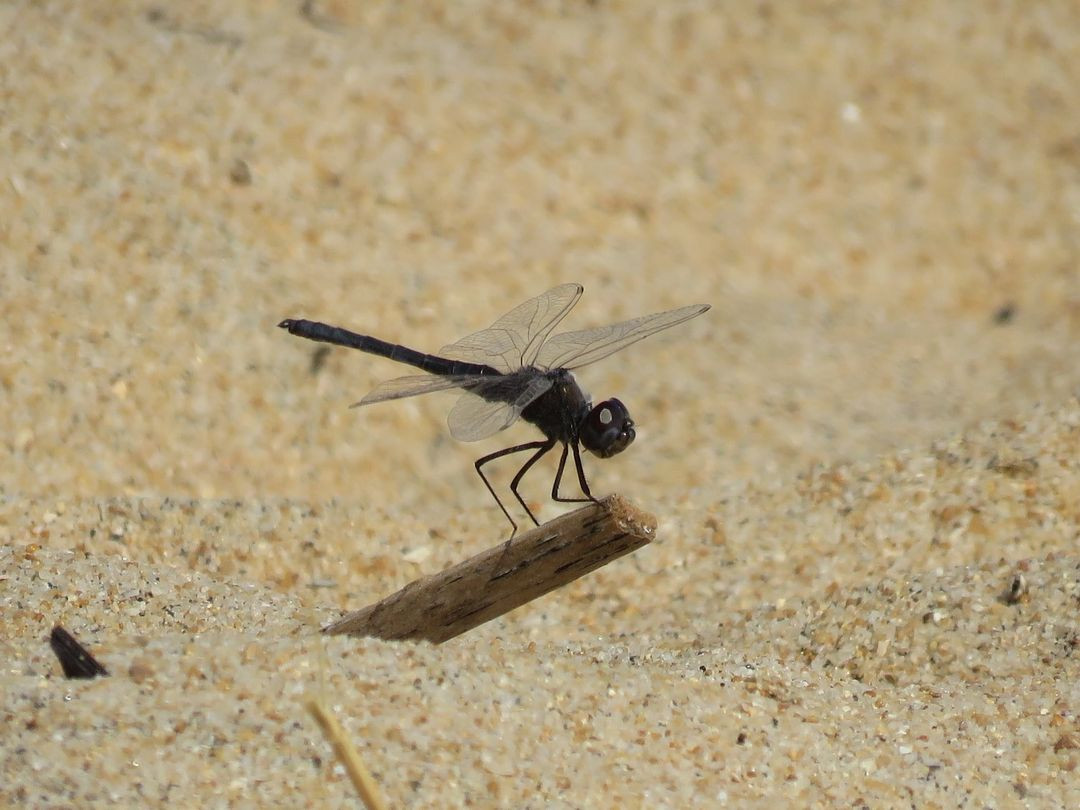Opis
Trafal e Foz do Almargem is a wetland area with a large diversity of habitats in a small area. To the west (Foz do Almargem) you can find several species of waders and marine birds such as flaming różowy, mewa sródziemnomorska LRcd, piaskowiec, rybitwa białoczelna and, in the dunes, you can find sieweczka morska nesting in the spring (be sure to keep your distance). If you move to the northwest part of the area, towards the more reed dense zone, you can find less common species as modrzyk and czapla purpurowa.
Just 300 meters to the east, you can find another small lagoon - Trafal - which usually dries up in the summer. In winter and spring, though, it is usually tightly packed with ducks and other species as the ibis kasztanowaty, czapla siwa, błotniak stawowy, chwastówka zwyczajna, łyska and kokoszka (zwyczajna). Amongst the ducks, while you can find many species, most commonly there are hełmiatka, cyraneczka, krakwa, Płaskonos and krzyżówka. The pinetree forest dividing the two lagoons is a known spot for the Common Chameleon (Chamaeleo chamaeleon) and the entire area is also known for having mammals such as the otter (Lutra lutra).
Szczegóły
Dostęp
The best way to connect between the two lagoons is just walking, because they are just a 5 minute walk apart from each other. There's free parking on the sides of "Foz do Almargem" (both) and also in the western side of "Trafal". You can follow signs for "Foz do Almargem (praia)" (beach).





